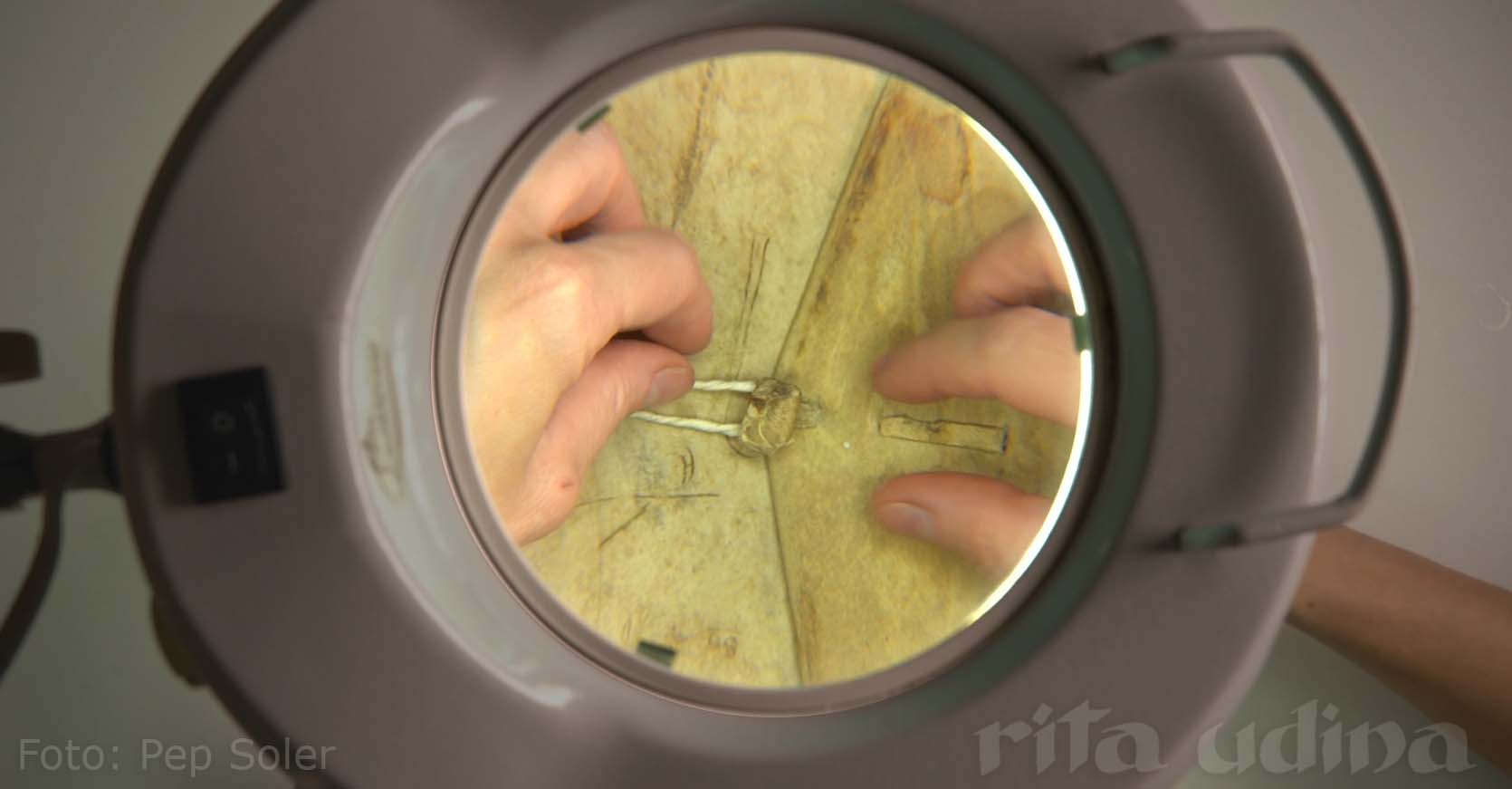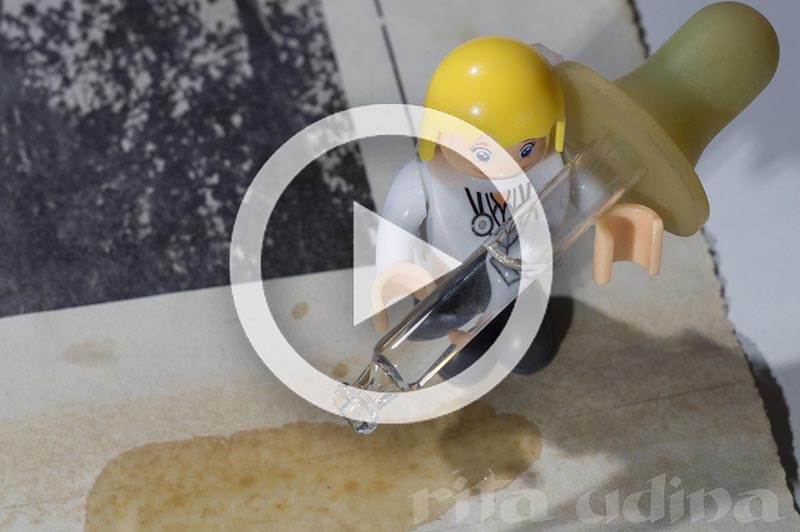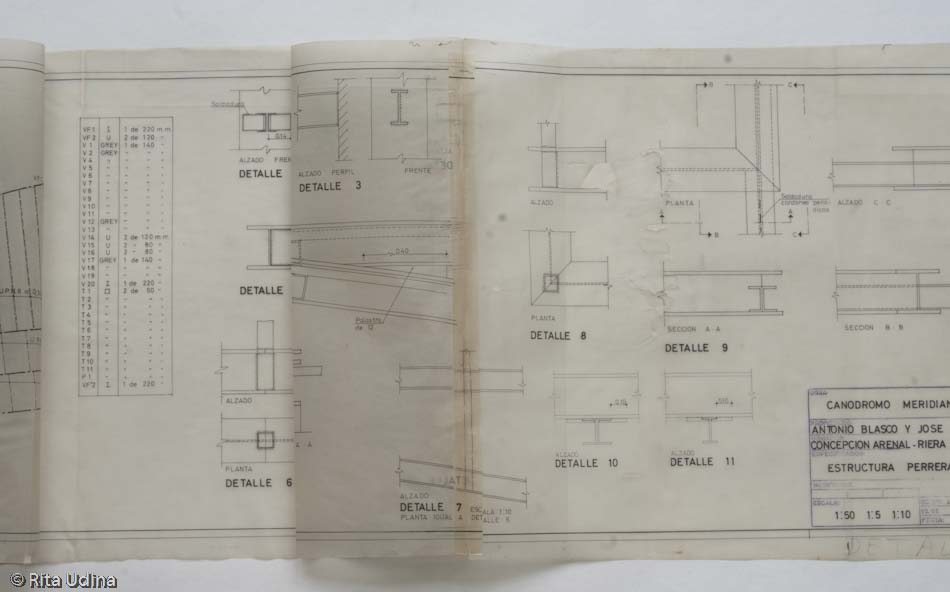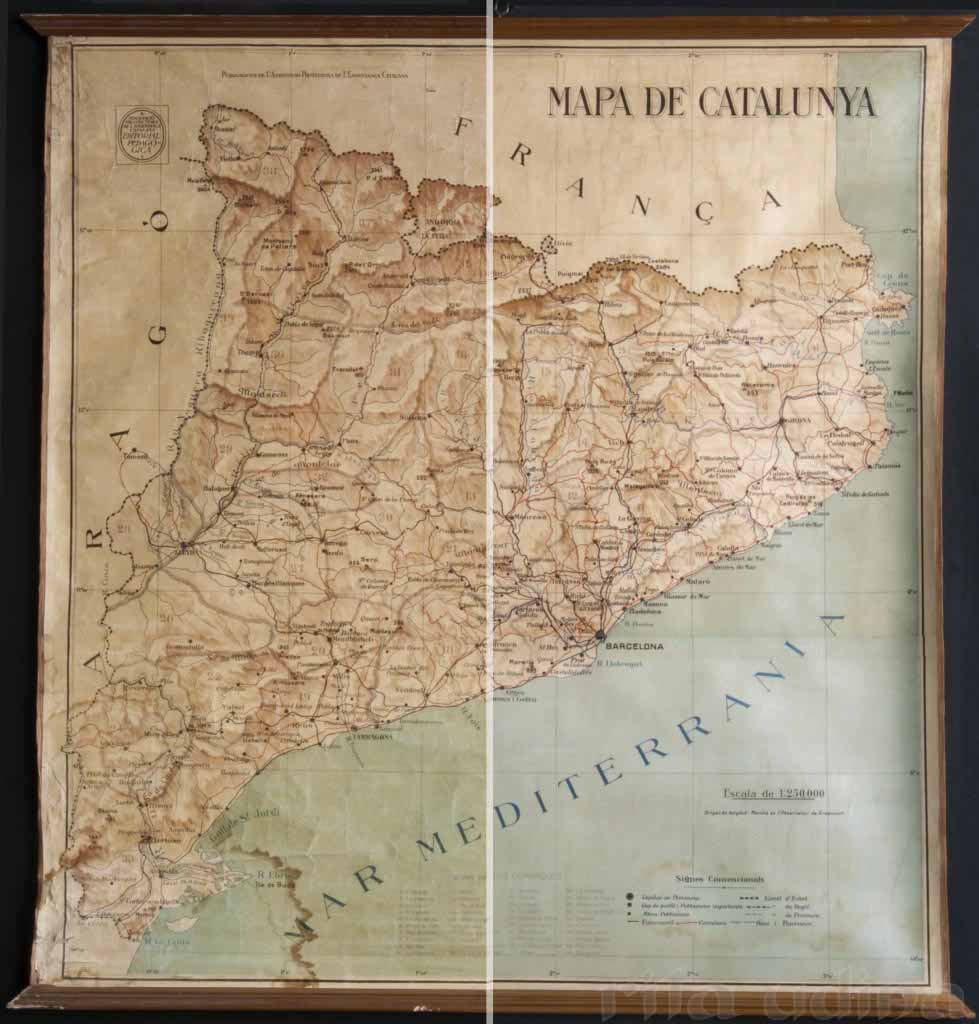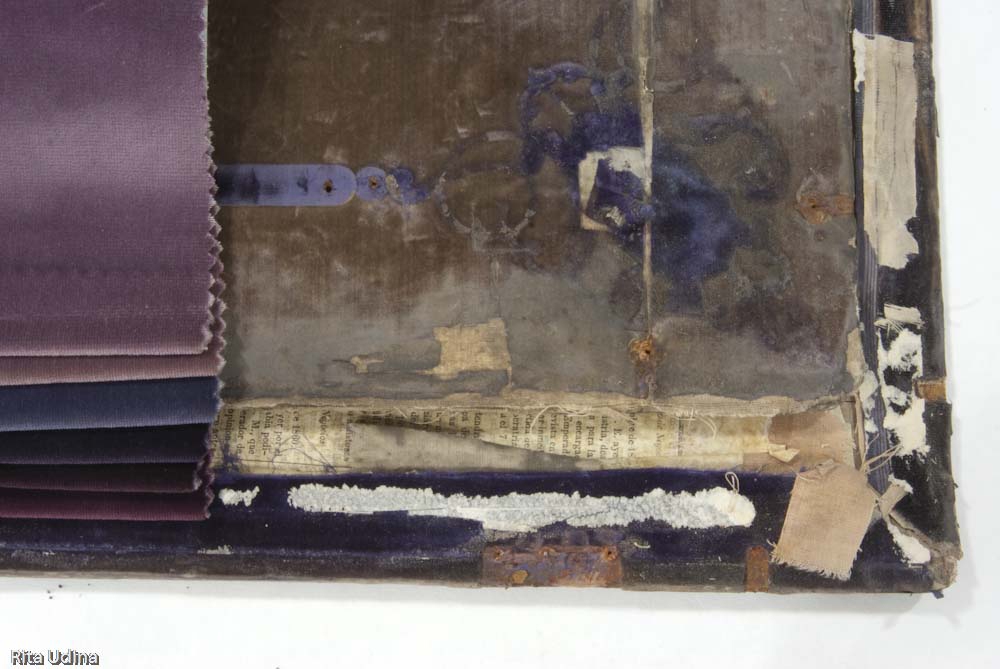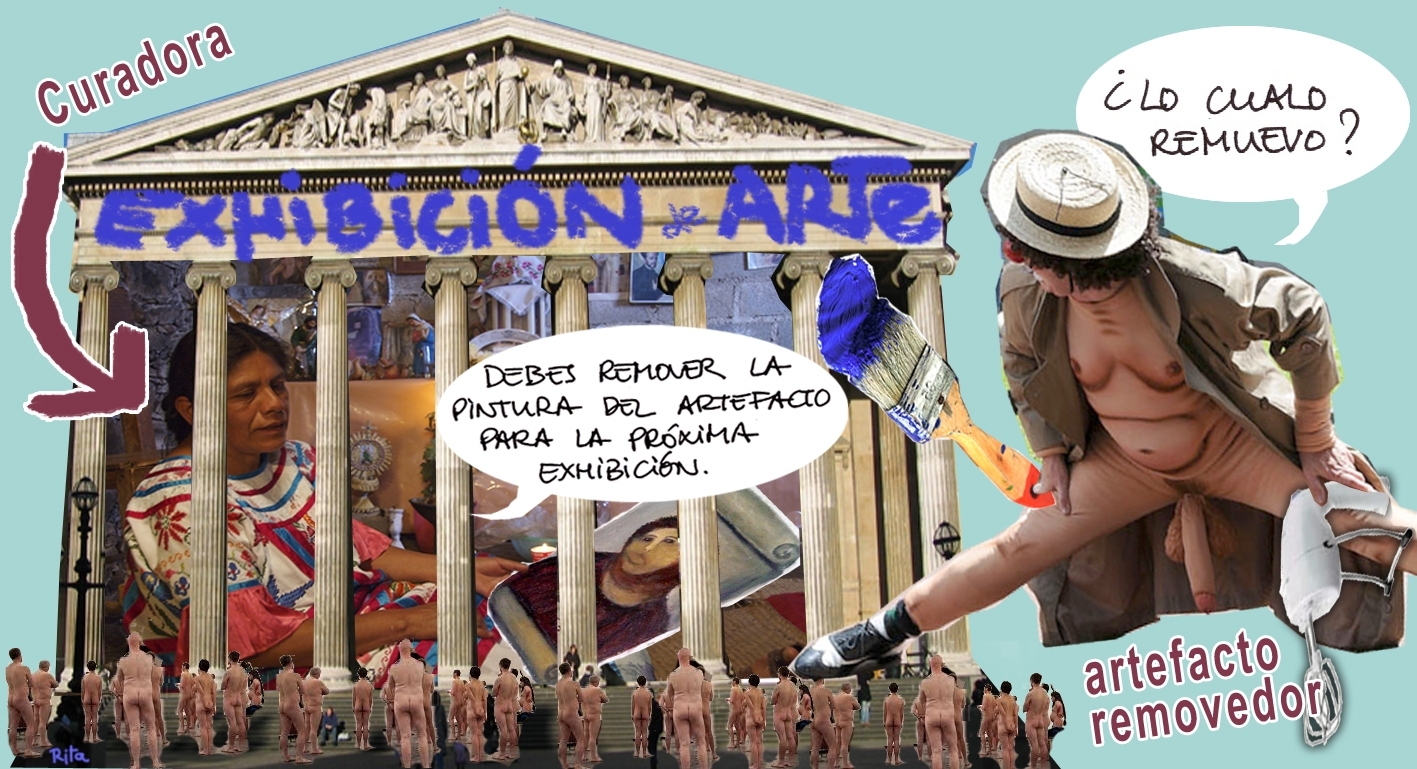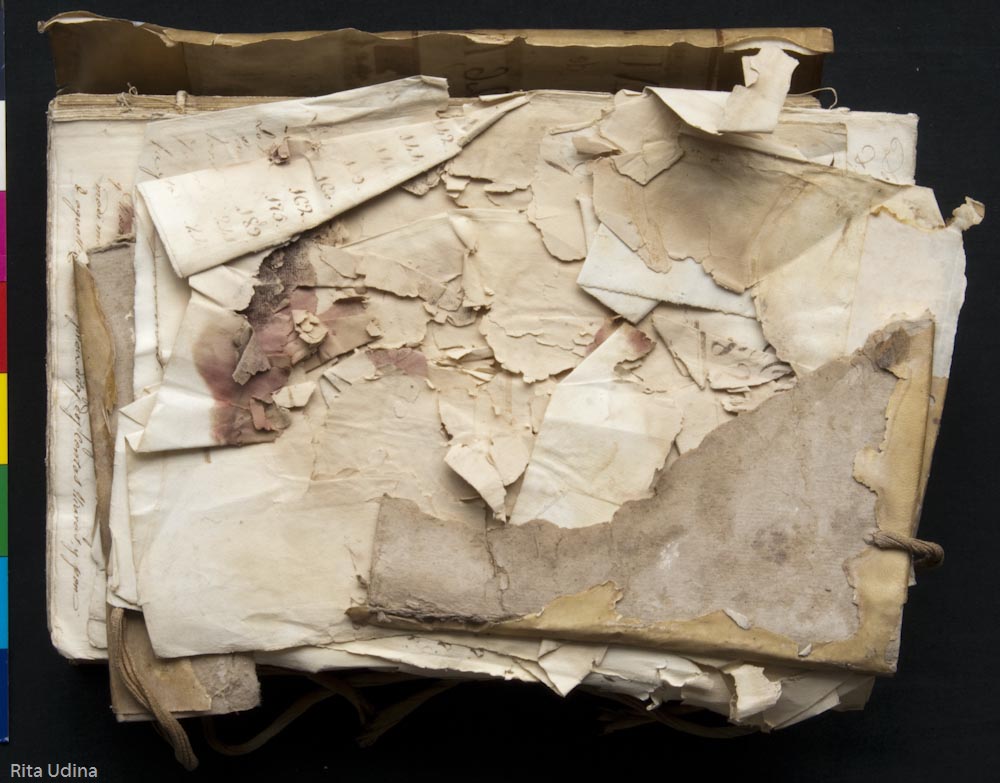stain removal
Find below the blog posts related to stain removal:
Premiere of the video of the conservation treatment of a map
Premiere of the video showing the full conservation treatment of an oversized hand-coloured map, varnished and lined on a canvas. Do not miss it! Next Thursday 27 at 4pm CEST (UTC+2).
Profession: book and paper conservator
What does a paper conservator do? Whom does she work for? What skills and knowledge does she ought to have? Preservation and conservation, a field linked to science, history and arts and crafts. A video explains what differenciates us from forgers and shows -among other- how we produce a hand-made suction table to restore paper artifacts, with loads of creativity, a feature most necessary to become book and paper conservator.
A midnight lockdown paper conservation dream
A lockdown is kind of stoping any activity, and that is what I have done, a stop-motion video, showing the full conservation treatment of a paper document.
Silver Mirroring Removal in Photographs (Video)
At last a deffinitive method, safe and efficient for silver mirroring removal in historical photographs. This new treatment will change the way the issue of silver mirroring removal has been addressed in photographic collections. See it in this video and value the results.
Gels, microemulsions and nano-systems applied to pressure sensitive tape removal: latest updates
Tape removal, chemical and physical gels, microemulsions and much more. Review and abstract of the conference "Nanosystems. Application to tape removal on cellulosic supports,", which took place in Madrid (Spain), on June 6 to 8th, 2018; within the context of NanoRestArt, the european Research and Developement project.
Conservation of ‘The Disasters of War’, by Goya
There are all sorts of projects, and when Mr. Goya knocks at the door, the red carpet is ready to receive him at the studio: Please, come in! The Disasters of War by Francisco Goya arrived at the studio in a fairly intact condition, with its 80 etchings, corresponding to the very first edition (in later editions two more etchings were added, making a total of 82). This first one was edited in 1863, more than forty years after
“Customized” conservation with Richard Wolbers
Fellows of joys and sorrows, conservators, here is why I am so excited with the "Cleaning workshop: Paper bathing/stain removal", given by Wolbers: The idea is to make every conservation treatment a kind of custom-made dress for each particular object with a minimal initial investment. He speaks about solvents, gels, surfactants, conductivity and pH. Nor in my wildest dreams had I imagined such a close, easy and useful chemistry. Thanks a lot Richard, we owe it to you.
Chemists and conservators: a love/hate relationship
A cathartic experience: There's nothing more exciting for a conservator such as participating in a chemistry course. We go there with a certain respect (or maybe fear) and the will to be acquainted to a new miraculous reactant that will change our life. The poor conservator will poorly be able to discuss one to one with a chemist, either about the reactions that happen during the restoration treatments or along the inherent ageing of the artefact; and yet we must call the chemist into question and keep this dialogue alive. But thanks to Richard Wolbers I made peace with chemistry and their scientists.
This document will self-destruct in 30 secs!
Or how to remove pressure sensitive tapes, without removing them. We have spoken about bibliopaths, about misuses and how to eradicate its effects... But, what happens when the artefact itself causes its own degradation?
Bibliopaths: The case of the lacquer binding
Are we supposed to fear bibliopaths? Or maybe we should give them an award? Who are they? Atention! Because they can be among us, or we might even be one of them?! I invite you to read the Case of the Lacquer Binding to know more about them
Who says BluTack® is ideal for papers?
BluTack in papers? Never! Restoration of a document from industrial heritage with a stain from this adhesive, property of the Municipal Archive (Barcelona)
Damned “sellotapes”!
Which damages cause sellotapes? Can we release documentary heritage from these fatty strips? Explanation for the degradation mechanisms of this historic "remedial" tapes that we can find in documents of all kinds, and restoration possibilities in each case.
Conservation of school poster from spanish civil war period
This map represents the typical scholar posters: with its wooden slats to roll and hang, lined on the back. It was very common to varnish them with shellac to waterproof and protect them from abrasion. This one was made of two pieces of printed paper, sticked together along the central horizontal stripe. It is from 1936, spanish civil war was barely breaking. Removing the old varnish has allowed to repare other minor damages: tears, gaps and wrinkles. But most important is that the new varnish is not oxidizing nor yellowing. As it is very flexible it will not crack in the future.
Nanotechnology & chemical gels applied to paper conservation
What are nanoparticles and chemical gels? Latest technological advances in restoration of archive material is about nanotechnology and chemical gels and so it is studied in the paper & books section of the IPCE.
Gone with the wind
I don’t like much having war books, but I must admit that this one is particularly beautiful. The velvet binding seemed to me a challenging issue on the restoration, which did not have major complications besides this. I show the restoration of this book because of the headaches it has given me when solving the lost areas, the wooden work. The considerable losses on a laborious woodcarving work, and the lack of originals of many of the missing pieces fairly complicated the subject (the shields on the corners were different).
Preserving technical terms, as well
[untranslatable!!!] Perquè si la nostra [...]
Conservation of stationery manuscript in a vellum binding
The book from the notary of Esparraguera (1827) was severely damages by mould. To the extent to suffer remarkable losses on both folios and covers. The remaining folios were so weak that discouraged even a most careful handling.
Categories
ARTEFACT
archive or library
book
book structures
bundle
headband
hollow back
limp-vellum binding
locks
sewing
tight back
document
seal
lacquered seal
printed stamp (see TECHNIQUE)
drawing
manuscript
photograph
albumen
daguerreotype
glass plate
silver gelatine
plans, maps, architectural or technical drawings
maps
plans
poster
DAMAGES
acidity / oxidation
bibliopath - graphopath
disaster
flood
foxing
losses, gaps
pests & paper eaters
insects
silverfish
woodworm
microorganisms
mold
pressure sensitive tapes
silver mirroring
structural
wrinkles
MATERIAL
fabric
cotton
silk
velvet
glass
leather
parchment
metal
paper
coated paper (art paper)
Kraft paper
laid paper
rag paper
tracing paper
impregnated paper
onion skin paper
Washi
wood pulp paper
plastic
cellulose acetate
polyethylene terephthalate (PET)
Polypropylene (PP)
wood
PRODUCTS
adhesives
natural
shellac
rubber (natural)
starch paste
synthetic adhesives
Filmoplast®
Paraloid B72
rubber (synthetic)
Tylose® (MHC)
gels
agarose
chemical gel
hydro-gels
Klucel®
organo-gels
physical gels
Velvesil Plus
xanthan gel
nanoparticles
solvent
benzyl alcohol
ciclometicone
diethyl carbonate
dimethyl sulfoxide (DMSO)
polyethylene glycol (PEG)
surfactants
TECHNIQUE
ballpoint pen
collage
felt-tip pen
gouache
graphite (pencil)
ink
print
engraving
etching
lithograph
woodcut
printed stamp
reproduction
diazotype
watercolour
THEORY on cons. & rest.
TOOLS, MACHINES
TREATMENTS
bleaching
cleaning
stain removal
surface cleaning
tape removal
varnish removal
wet cleaning
deacidification
digitization
flattening
flattening under tension
housing (storage)
box
folder
four flaps envelopes
inpainting
mimetic in-painting
neutral colour in-paint
mould treatment
preventive conservation
climate (HR, temp.)
re-binding
reinforcement - consolidation
backing with fabric
Infilling
leafcasting
ink fixing
lining
sizing
tear repair
varnishing



